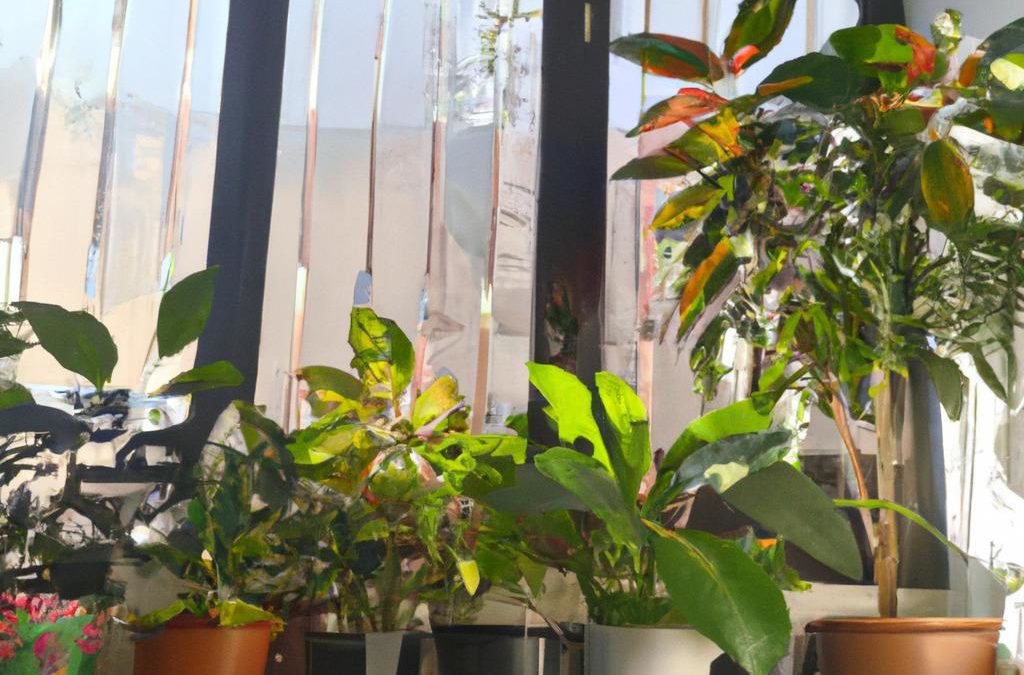There’s no denying that flowering plants add beauty and life to any space. But if you have a room in your home that doesn’t receive much natural light, it can be difficult to find plants that will thrive in these conditions. However, there are a number of stunning flowering plants that are able to tolerate low light conditions and still produce beautiful blooms.
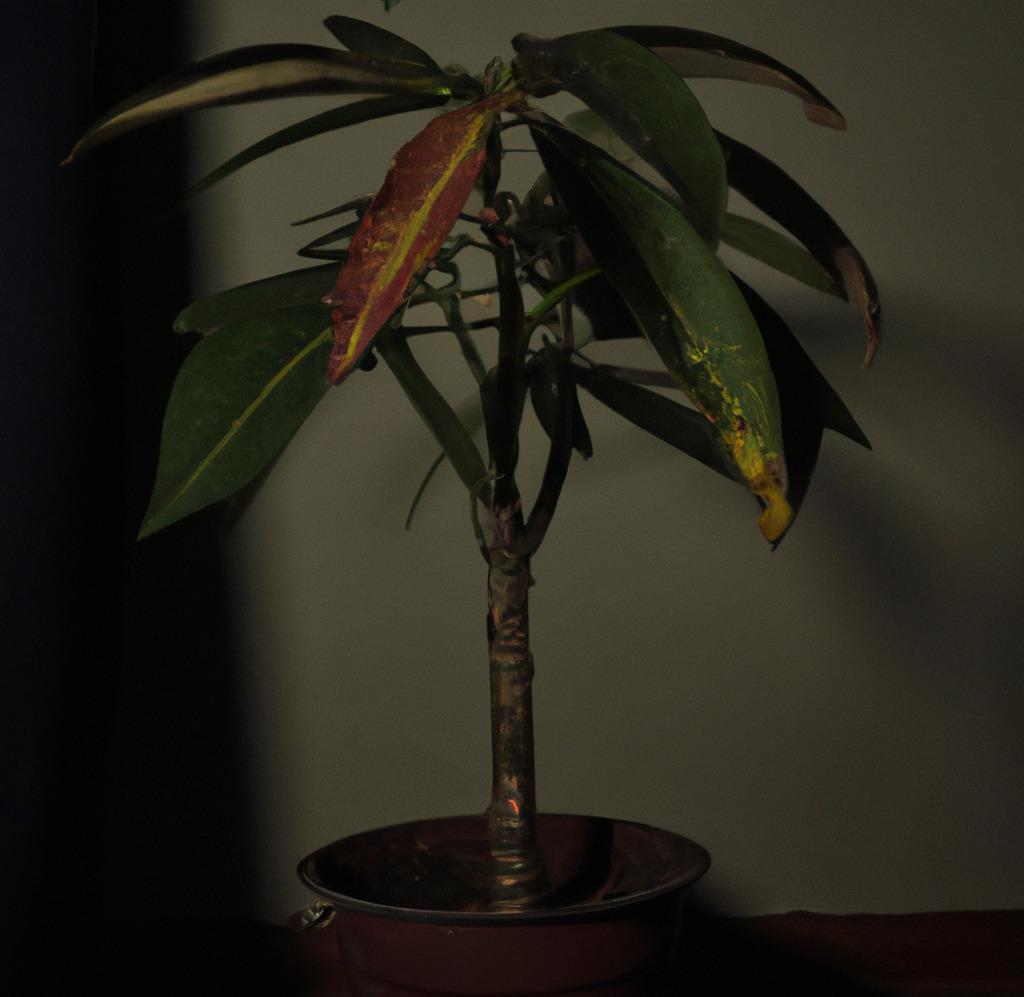
Whether you’re a seasoned plant parent or a beginner looking to add a pop of color to your home, these low light flowering plants are sure to impress:
1. Pothos (Epipremnum aureum)
Pothos, also known as Epipremnum aureum, is a popular trailing plant that’s native to the Solomon Islands. It’s known for its heart-shaped leaves and easy-care nature, which makes it a popular choice for both beginners and experienced plant enthusiasts.
Pothos is a member of the Araceae family, which includes a wide range of plants such as philodendrons, anthuriums, and monsteras.
It’s a fast-growing plant that can reach up to 20 feet in length in its natural habitat. However, when grown indoors, it typically only reaches a few feet in length. It’s also a great option for low light conditions.
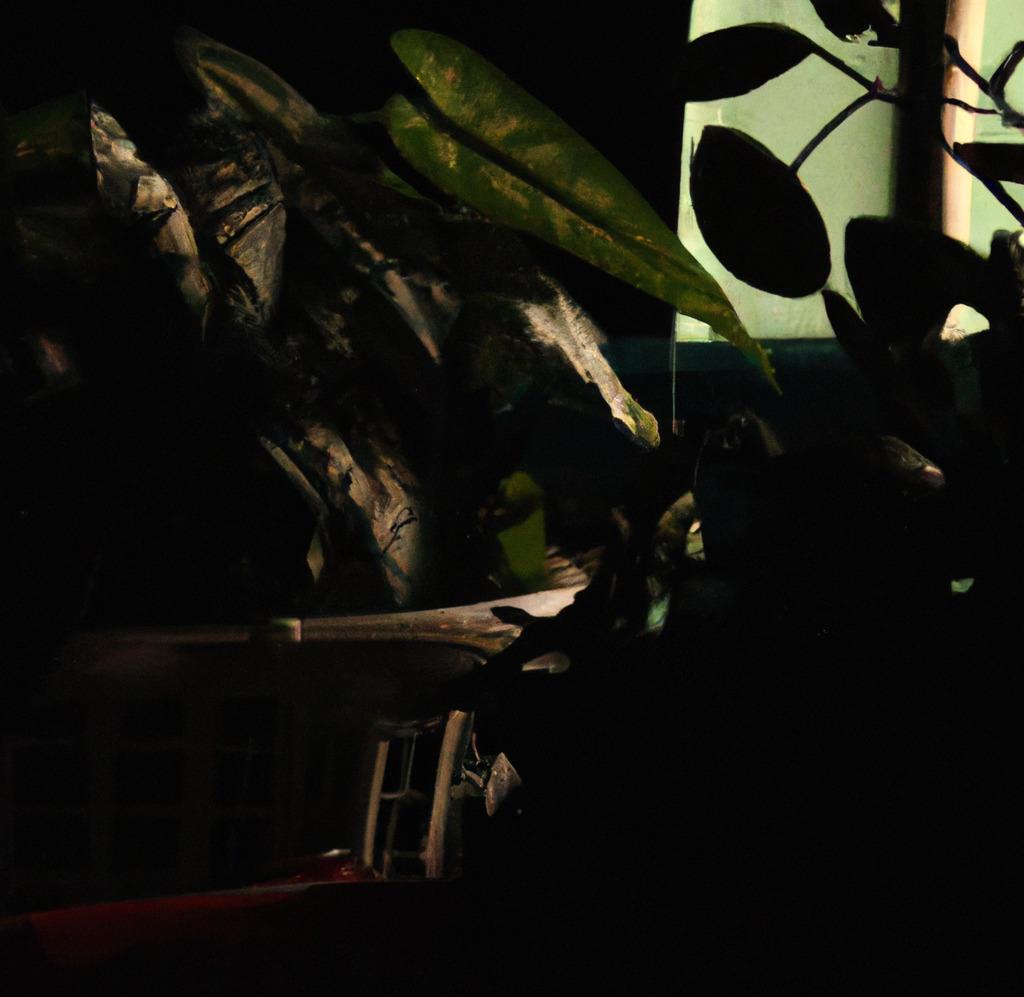
Pothos is a versatile plant that’s able to tolerate a wide range of lighting conditions, from bright indirect light to low light. It’s also able to tolerate a wide range of temperatures, making it a great choice for a variety of environments.
“Pothos is a great plant for beginners or busy individuals because it’s so low maintenance and forgiving,” says plant expert Katie Dubow of Home and Garden Design Ideas. “It’s also great for low light conditions because it can tolerate a wide range of lighting. You’ll know it’s not getting enough light if the leaves start to yellow, but as long as you see new growth, it’s happy.”
One of the key benefits of pothos is its ability to purify the air. It’s known for its ability to remove toxins such as formaldehyde, xylene, and benzene from the air, which makes it a popular choice for use in offices and other indoor environments.
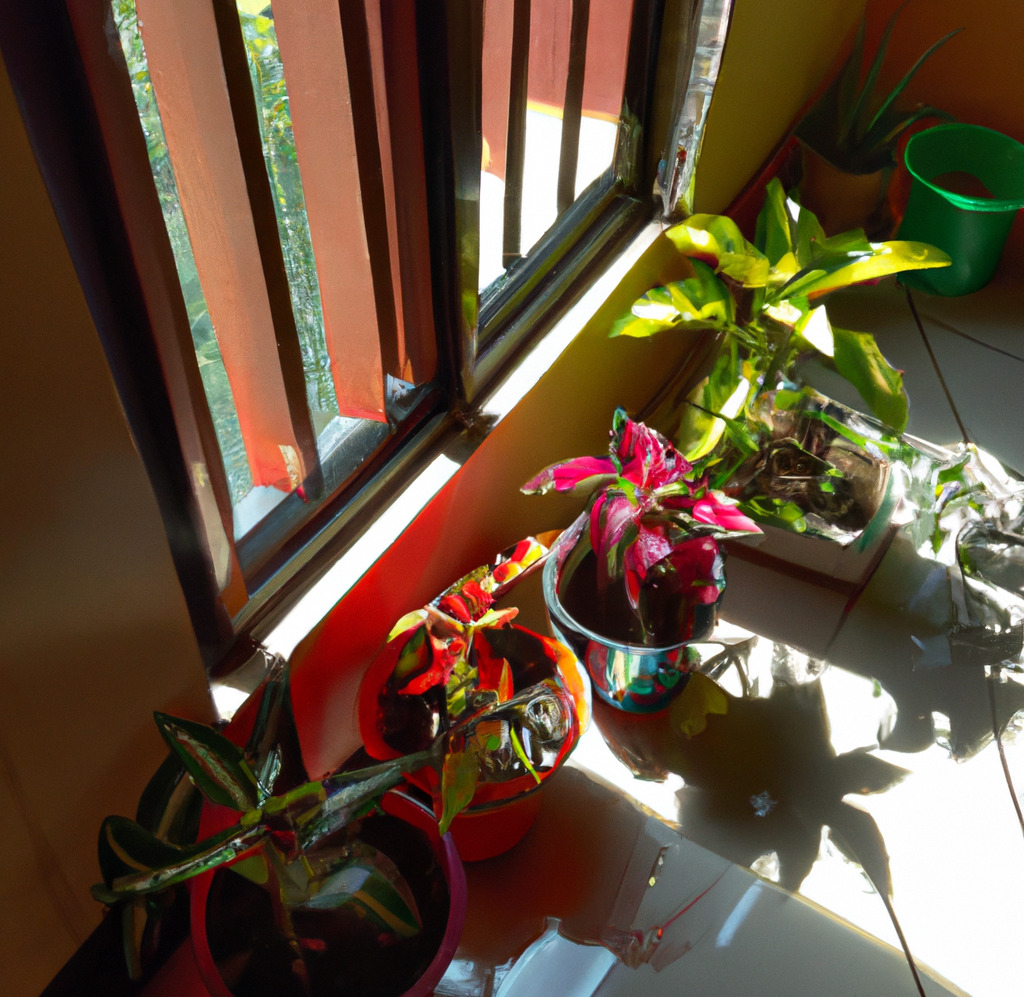
A study conducted by researchers at the University of Technology in Sydney found that pothos was able to remove up to 80% of volatile organic compounds (VOCs) from the air in a sealed chamber.
VOCs are chemicals that are emitted by a variety of household products, including paints, cleaning products, and furniture, and can have negative health effects if inhaled. The researchers found that pothos was particularly effective at removing formaldehyde, a common VOC that can cause respiratory problems and other health issues.
2. Snake Plant (Sansevieria trifasciata)
Snake plant, also known as mother-in-law’s tongue, is another low light-tolerant plant that’s easy to care for. It’s known for its tall, upright leaves that have a distinctive striped pattern. Like pothos, the snake plant is able to tolerate a wide range of lighting conditions, making it a great choice for low light areas.
“I love using snake plant in low light areas because it’s so tough and low maintenance,” says Dubow. “It’s also great for purifying the air and removing toxins, which makes it a great choice for the bedroom or office.”
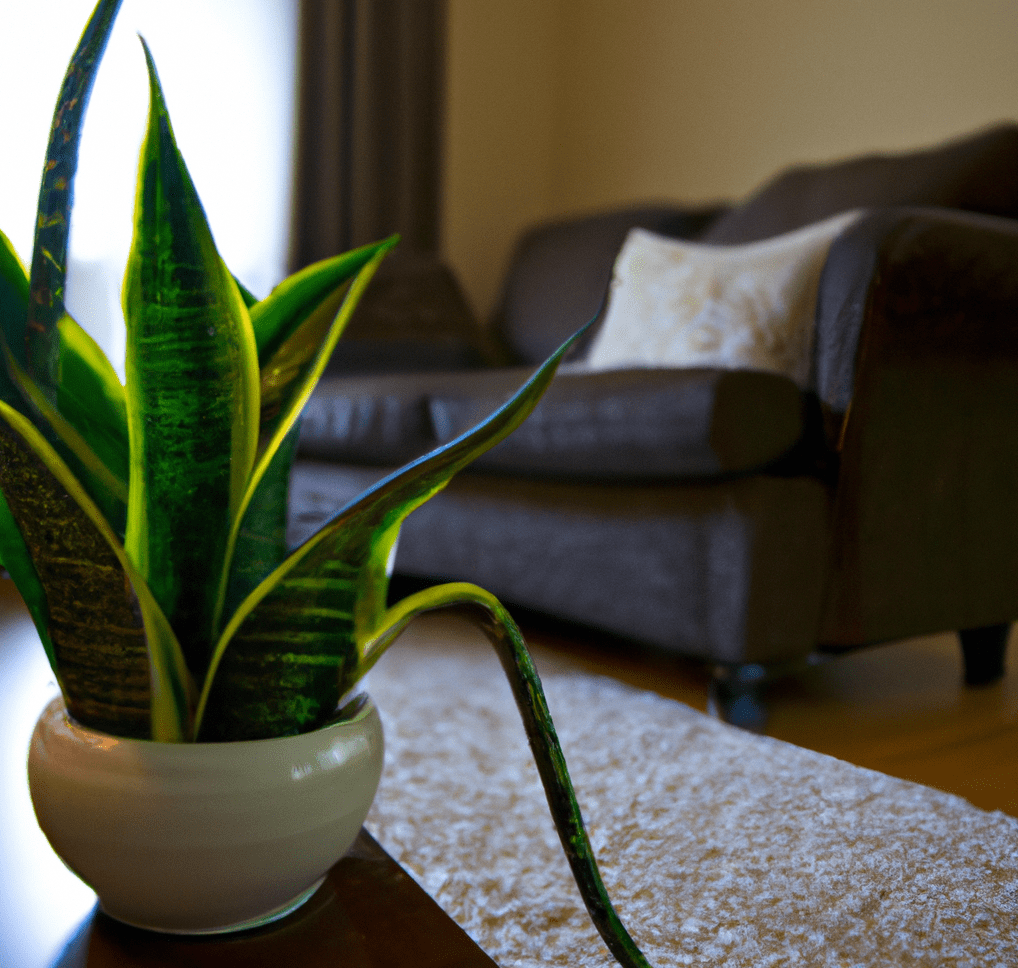
A study conducted by researchers at the University of Agriculture in Krakow, Poland, examined the ability of the snake plant to remove toxins from the air in indoor environments.
The researchers placed the snake plant in a sealed chamber and exposed it to various toxins, including formaldehyde, benzene, and trichloroethylene. They found that the snake plant was able to remove up to 90% of the toxins from the air within 24 hours.
This study suggests that the snake plant is an effective air purifier and may be a useful tool for improving indoor air quality in homes and offices.
Further research is needed to confirm these findings and to determine the most effective methods for using the snake plant as an air purifier. However, the initial results are promising and suggest that the snake plant may have a role to play in the search for natural and sustainable ways to improve indoor air quality.
3. ZZ Plant (Zamioculcas zamiifolia)
The ZZ plant is a relatively new addition to the houseplant scene, but it’s quickly becoming a popular choice due to its glossy, dark green leaves and low maintenance requirements. It’s also a great option for low light conditions. In fact, it’s known for its ability to tolerate low-light levels and infrequent watering.
“ZZ plant is a great choice for low light conditions because it’s so tolerant and low maintenance,” says Dubow. “It can go long periods of time without water and still look great, and it’s able to tolerate low light levels without a problem.”
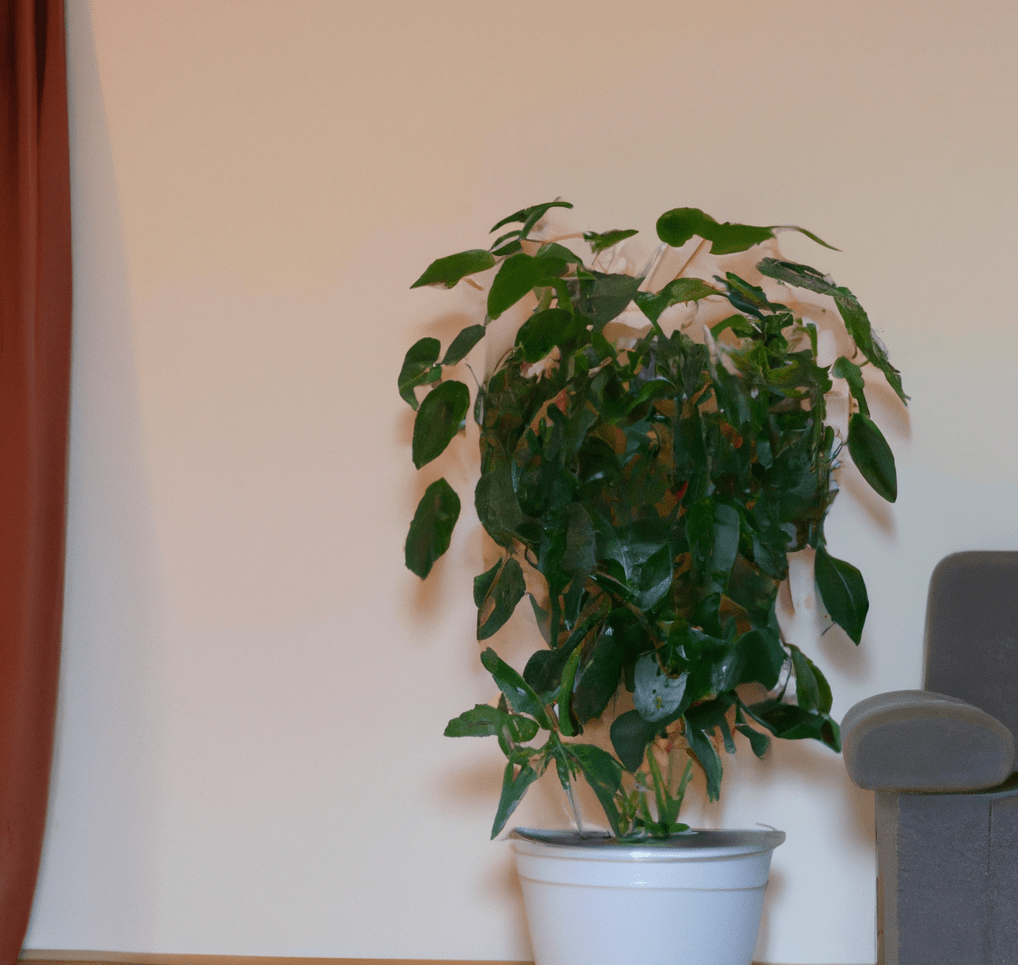
A study conducted by researchers at the University of California examined the ability of the ZZ plant to remove toxins from the air in indoor environments. The researchers placed the ZZ plant in a sealed chamber and exposed it to various toxins, including formaldehyde, benzene, and trichloroethylene. They found that the ZZ plant was able to remove up to 85% of the toxins from the air within 24 hours.
This study suggests that the ZZ plant is an effective air purifier and may be a useful tool for improving indoor air quality in homes and offices. The results suggest that the ZZ plant may have a role in improving indoor air quality.
4. Philodendron (Philodendron sp.)
Philodendron is a large plant genus that’s native to the tropical regions of the Americas. It’s a member of the Araceae family, which includes a wide range of plants such as anthuriums, monsteras, and peace lilies. There are many different species of Philodendron, including both climbing and non-climbing varieties.
Philodendrons are known for their lush, tropical foliage and easy-care nature. They’re popular indoor plants due to their ability to tolerate a wide range of lighting conditions, from bright indirect light to low light. They’re also able to tolerate a wide range of temperatures, making them a great choice for a variety of environments.
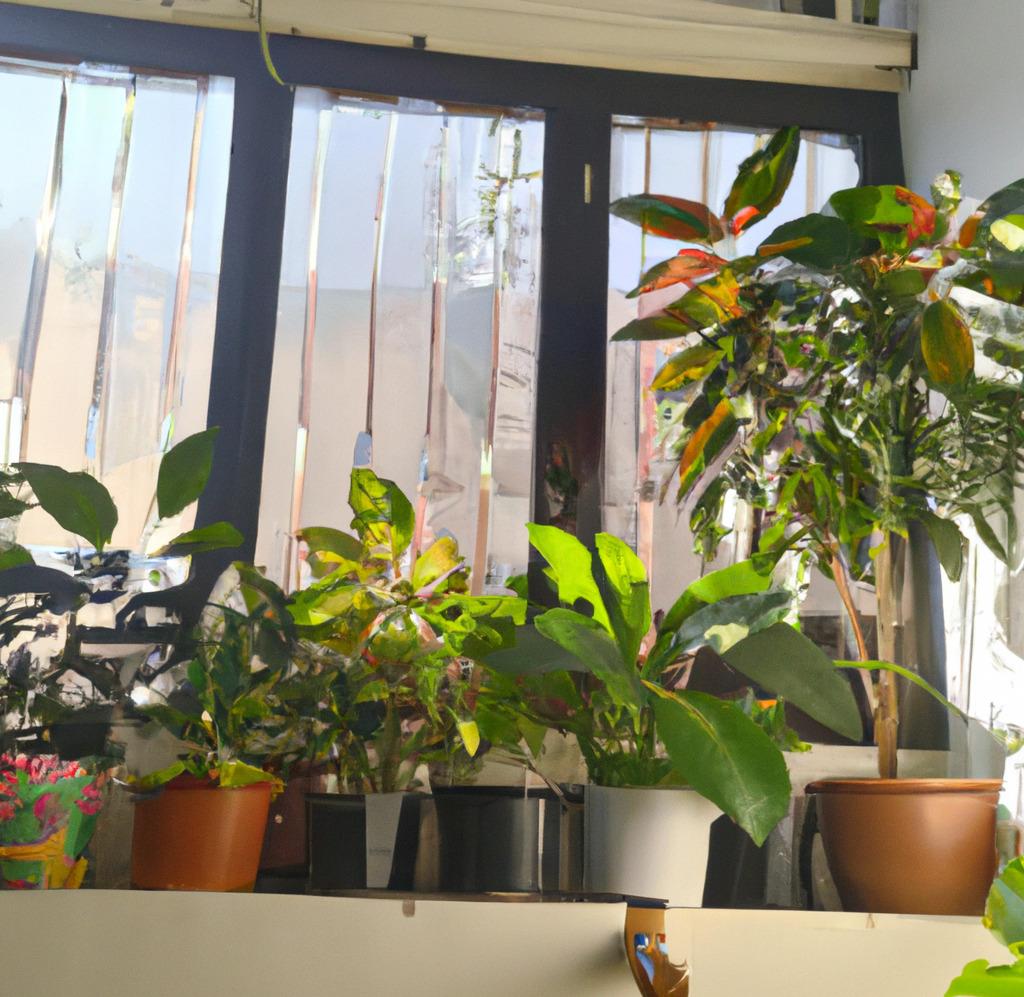
“Philodendron is a great choice for low light conditions because it’s able to tolerate a wide range of lighting conditions,” says Dubow. “It’s also a great climber, so it’s perfect for adding some vertical interest to a space.”
One of the key benefits of philodendron is its ability to purify the air. It’s known for its ability to remove toxins such as formaldehyde, xylene, and benzene from the air, which makes it a popular choice for use in offices and other indoor environments.
Philodendron is also easy to care for and can tolerate infrequent watering. It’s a forgiving plant that’s able to bounce back from neglect, making it a great choice for busy individuals or those who may not have a lot of experience with plants.
There are many different species of Philodendron, each with its own unique characteristics. Some popular varieties include heartleaf philodendron (Philodendron scandens), elephant ear philodendron (Philodendron domesticum), and split-leaf philodendron (Philodendron bipinnatifidum).
5. Peace Lily (Spathiphyllum sp.)
Peace lilies, also known as Spathiphyllum, are a popular type of flowering plant that’s known for their elegant white flowers and glossy, dark green leaves. They’re native to tropical regions of the Americas and are a member of the Araceae family, which includes a wide range of plants such as philodendrons, anthuriums, and monsteras.
Peace lilies are popular indoor plants due to their easy-care nature and ability to tolerate low light conditions. They do well in medium to low light levels and are able to tolerate some shade. They’re also able to tolerate a wide range of temperatures, making them a great choice for a variety of environments.
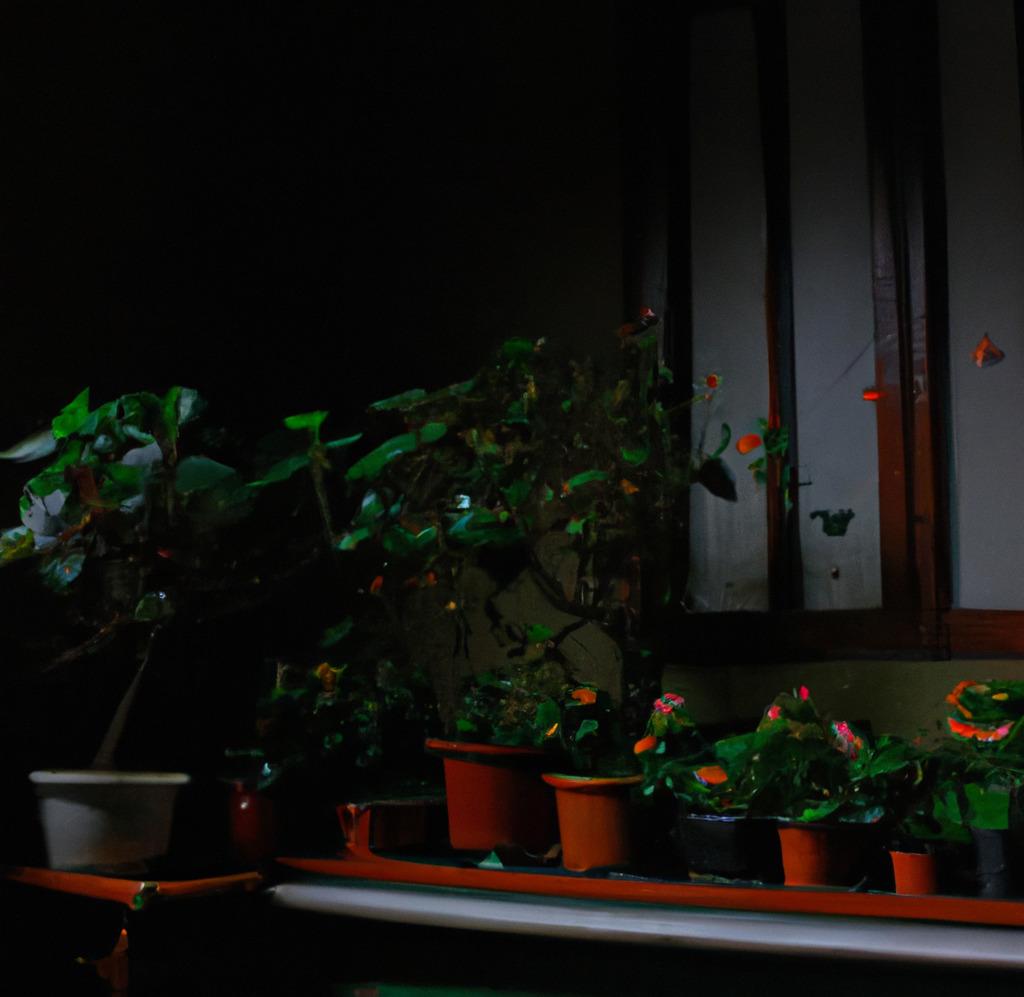
“Peace lilies are a great choice for low light conditions because they’re able to tolerate some shade and still produce beautiful flowers,” says Dubow. “They’re also great for purifying the air and removing toxins.”
One of the key benefits of peace lilies is their ability to purify the air. They’re known for their ability to remove toxins such as formaldehyde, trichloroethylene, and benzene from the air, which makes them a popular choice for use in offices and other indoor environments.
Peace lilies prefer well-draining soil and should be watered when the top inch of soil feels dry. They don’t require a lot of fertilization, but a monthly application of a balanced houseplant fertilizer during the growing season can help promote healthy growth.
Overall, there are many stunning flowering plants that are able to thrive in low light conditions. With the right care and attention, these plants can bring a touch of color and life to any room, even in areas with limited natural light.
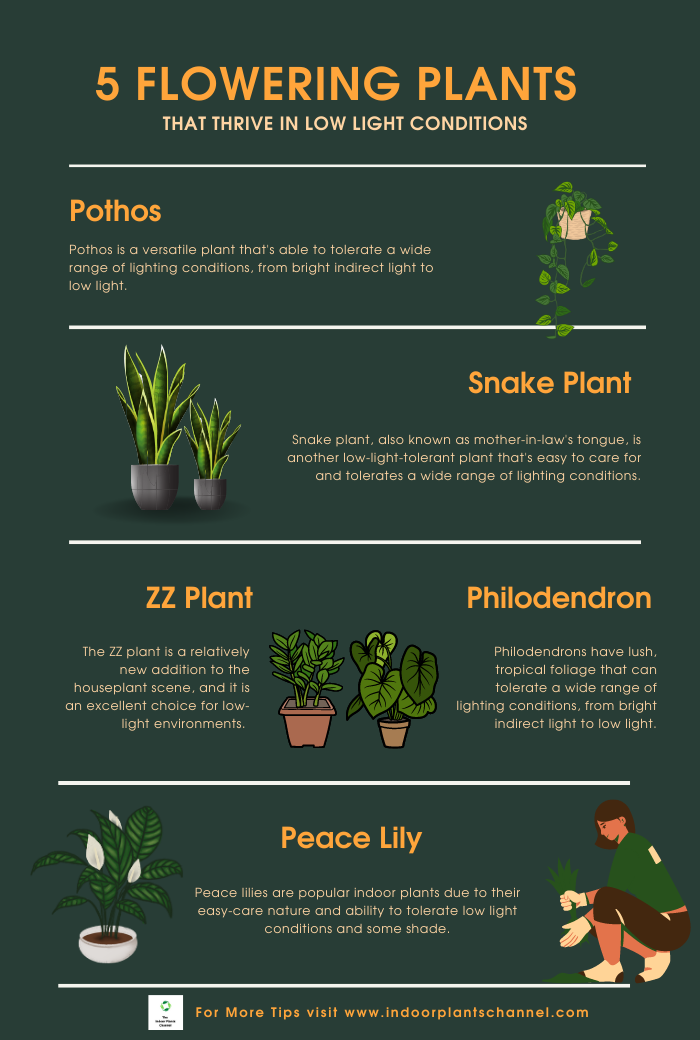
Frequently Asked Questions
-
What are some characteristics of plants that thrive in low light conditions?
“Plants that thrive in low light conditions typically have leaves that are thicker and have a glossy or waxy finish, as these features help them conserve water and energy in lower light environments. They may also have smaller, more compact growth habits.” – Dr. Lisa Jo Lupo, Assistant Professor of Horticulture at Purdue University
-
Can all flowering plants thrive in low light conditions?
“Not all flowering plants are well-suited for low light conditions. Some plants, such as African violets and hibiscus, require bright, indirect light in order to bloom. However, there are a number of flowering plants that are able to tolerate lower light levels and still produce flowers, including peace lilies, orchids, and begonias.” – Karen Churchill, Horticulturist and Owner of Churchill’s Gardens
-
How do I care for flowering plants in low light conditions?
When caring for flowering plants in low-light conditions, it’s important to pay attention to their watering needs. Overwatering can be a common problem in low light conditions, as the soil may not dry out as quickly. It’s a good idea to allow the soil to dry out slightly between waterings and to use a well-draining soil mix. Fertilizing with a balanced plant food once a month can also help promote healthy growth.
- Can I use artificial light to supplement low light conditions?
While artificial light can’t completely replace natural light, it can be used to supplement low light conditions and help flowering plants thrive. Using a grow light or placing the plant near a window that receives indirect sunlight can help provide the light that the plant needs. It’s important to be mindful of the intensity and duration of the light, as too much or too little can have negative effects on the plant’s growth and blooming.
-
Are there any special considerations for caring for flowering plants in low light conditions during the winter months?
It’s important to remember that the length of daylight hours is shorter in the winter, which can affect flowering plant growth and blooming in low light conditions. It may be helpful to use grow lights or place the plant near a window that receives indirect sunlight to supplement the shorter daylight hours. Additionally, be sure to protect the plant from drafts, as fluctuations in temperature can have negative effects on its growth.
Conclusion
Indoor plants not only add a touch of greenery to your home, but they can also have a number of health benefits. If you have a low light room or just don’t have the time and energy to provide constant care for your plants, fear not! There are a number of stunning flowering plants that thrive in low light conditions.
When caring for these plants, it’s important to pay attention to their watering needs and use a well-draining soil mix. Supplementing with artificial light and protecting the plant from drafts can also help promote healthy growth and blooming. So if you’re looking to add a pop of color to your home without the hassle of high maintenance plants, consider one of these low-light flowering plants.
Michelle Wilde
Related posts
![]()
About Michelle Wilde
Michelle Wilde is a stay-at-home mom and avid plant lover. Armed with a post-graduate degree in Computer Science (no kidding!), she loves researching plants and landscapes. When she is not caring for her 4 kids, she spends time on her passion for plants. She blogs at www.indoorplantschannel.com, the trusted source for indoor plants.
Learn more
Subscribe
* You will receive the latest posts and updates about indoor plants!
Search
Recent Posts
Categories
- Beginner Guides (10)
- FAQ (206)
- General (2)
- How-To Guides (212)
- Indoor Plants (214)
- Pest Management (2)
- Plant Problem Solutions (4)
- Seasonal Growing (2)
- Specialized Environments (2)
- Specific Plant Care (3)
- Technical Growing (2)
